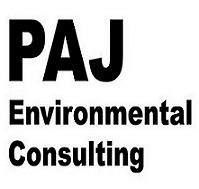This is timely, given that I am soon going to a talk given by Julian Savulescu called "Unfit for Life: Genetically Enhance Humanity or Face Extinction". I will have to get a question ready for him. Stay tuned for the answer.
It starts with a section looking at the definitions and distinctions of enhancement (e.g. natural/artificial; internal/external; or therapy/enhancement distinctions). It then examines different contexts and scenarios; Freedom and Autonomy; Fairness and Equity; Societal Disruptions; Human Dignity and the Good Life; Rights and Obligations; and Policy and Law.
I sounds great, so I will have to have a more thorough read of the report (tonight.) I will write another post on the subject, once I have been to the lecture.
**If you enjoyed this post, please check out:
Overview of Biopolitics
Nanotechnology and Climate Change
UK and US attitudes to nanotechnology
Nanotechnology - more information
COMMENTS ALWAYS WELCOME !!
So please, tell us what you think.

